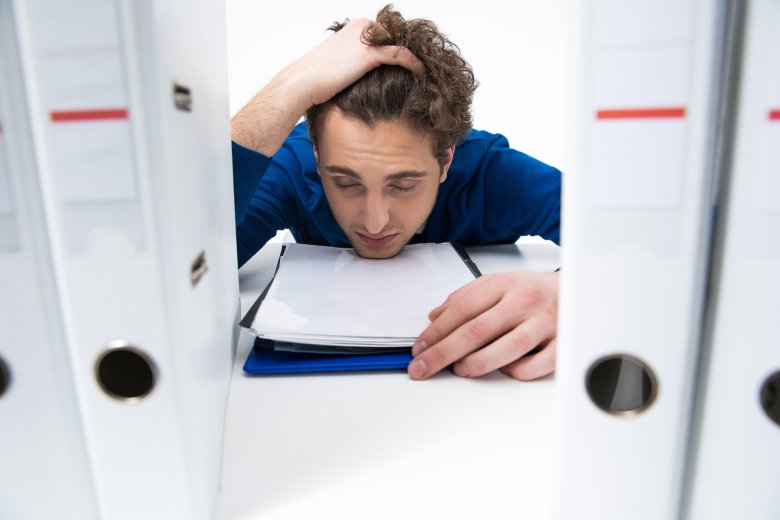- May 9, 2025

Only 2.4% of office positions in Polish companies meet all the principles of ergonomics, i.e. they are adjusted to the employee. The effect? It turns out that ¼ of people aged 26 to 35 suffer from back pain.
- More and more employees experience pain. Our research shows that every fourth employee feels some kind of pain: back, shoulders, eyes. This is due to the fact that workstations are not adjusted to how we work, what tools we use - says newsrm.tv Zuzanna Mikołajczyk, Marketing and Trade Director, member of the board of Mikomax Smart Office.
A long-term forced position is becoming a serious problem in many countries. The British have shown that staying at least eight hours in the office we move statistically only 30 minutes. According to a recent Ergotest study, more than half of workplaces in Poland do not meet the requirements of ergonomics. Maybe that's why every fifth person feels some kind of pain every day. Is there hope for the better? It is possible, because the report On Your Feet Britain shows that almost 2/3 of the respondents are aware of the fatal results of prolonged staying in an abnormal position. For example, as many as 78% of Britons say they spend too much time sitting down. Experts point out that in Poland the trend of the so-called healthy workplace is also slowly strengthening.
- The average full-time employee spends almost ¼ of a year at work. This makes the way his post is organised very important. 70% of people complain about physical discomfort in the office. That is why it is so important to design a workplace and office space. The latest trends show that the possibility of dynamic work is more and more appreciated. Among other things, sit and stand office solutions are popular - says Zuzanna Mikołajczyk.
Workplace ergonomics goes hand in hand with medicine. The latest trends in office architecture, which motivate to more movement and enable dynamic work in different positions, are a response to the growing risk of spinal degeneration in office workers. - The seating position is one of the worst. In this case, just like lifting weights, the forces acting on the spinal column structures are much greater than when we stand or lie down. The effect of long-term work in an abnormal position are frequent back pain, 85% of which is caused by overloads in muscles, ligaments, joints and discs of the spine - says Andrzej Rudawski, head of the team of physiotherapists at Columna Medica.

In the west, you can see a move away from the classic workstation. The most recent Public Health England recommendation is that an office worker should spend at least 2 hours standing or walking. By comparison, in Poland, only 23% of employees take a 5-minute break at each hour of work at the computer, which allows them to stretch their muscles and rest for their eyes.
A change in work style can have a positive impact not only on health. When standing still we are ready to act, we are better focused and avoid the energy drop that we experience when sitting down.
- Standing meetings last on average 1/3 shorter. What is interesting, already at the stage of designing an office building, architects think about ergonomics. Therefore, e.g. toilets or social rooms are placed in such a way as to force a short walk during work. Ergonomic space is not only one that cares about our health, but also supports the effectiveness and exchange of information, e.g. through proper routing of communication routes that provoke employees to interact - adds Zuzanna Mikołajczyk.
Movement at work has a positive effect not only on the body, but also on the brain, which simply works better. The world's largest companies are already investing in modern offices, and thus in the efficiency and satisfaction of their employees. Frank Gehry has designed the world's largest open space of 122,000 m2 at Facebook's new headquarters, with a 3.5 hectare park on the roof. Google took care of access to natural light by investing in an office with a glass roof. Apple employees will also be able to oxygenate themselves by walking in the courtyard arranged in the garden. And in Poland? Is it time for healthy trends to appear in our offices?